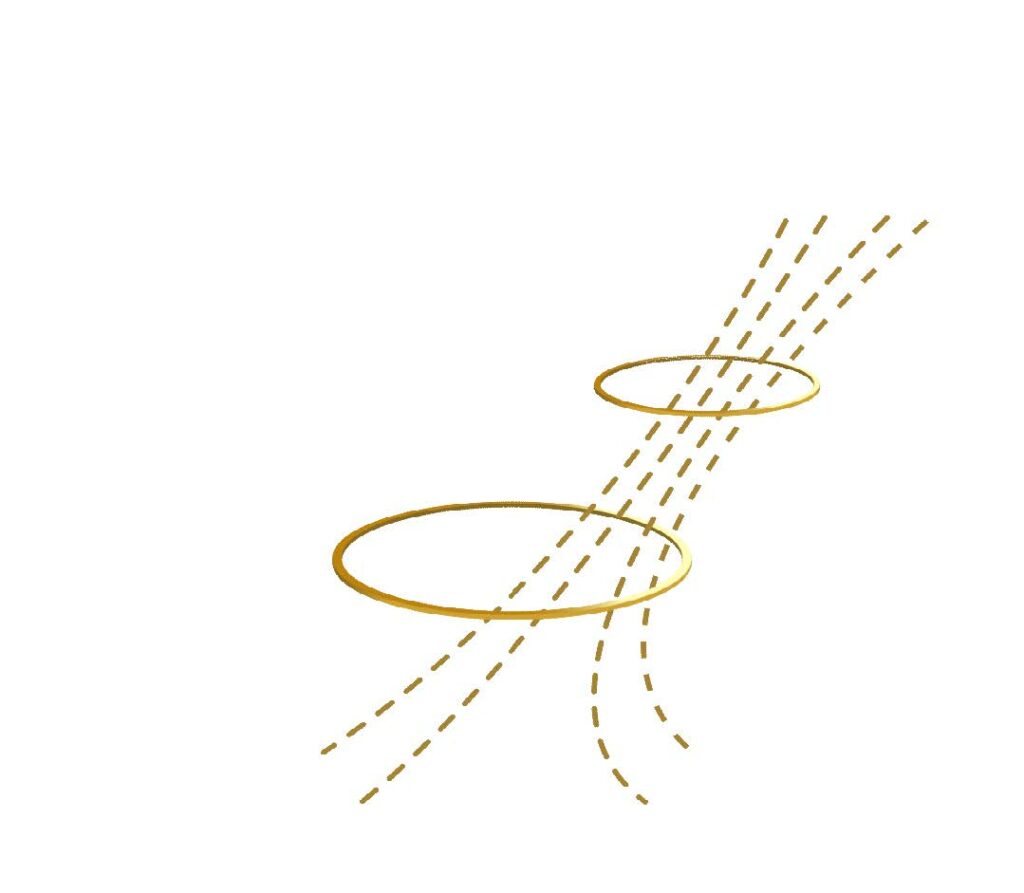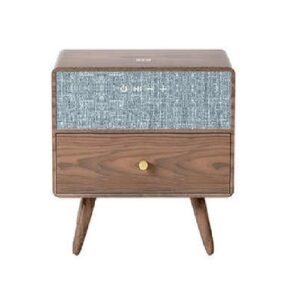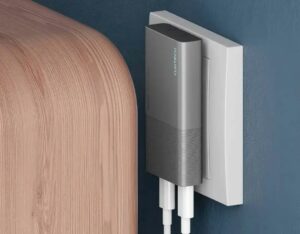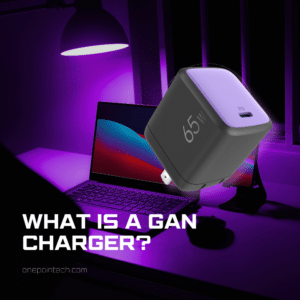Inductive charging, due to its expanded incorporation in automotive wireless charging systems, is the most extensively used wireless charging technology, especially when the electric vehicle segment is growing at such a high rate. However, resonant wireless charging is anticipated to gain popularity thanks to the longer charging range and better scalability of power level. Laser and microwave wireless charging technologies are expected to see the highest growth in the market because of their focus on narrow beam capability, comparatively higher frequencies which allow broad bandwidth and high-power transmission rate.
Inductive
Inductive chargers contain two major induction coils, clipped to the smartphone in the type of a pad. One is at the charging base, which further handles producing an alternating current from the base. The other is in the portable device which has an inbuilt charging coil that gets connected to the charging socket and collectively makes up a power transformer. In another way, an inductive wireless charging technology functions on magnetic coupling phenomenon where the primary and secondary coils are tightly coupled. The alternating magnetic flux is established and converted into electrical current by the transmitter & receiver coil, respectively, for the right working of inductive power transfer.
Lots of large smartphone manufacturers are producing or intend to produce handsets that are Qi-compatible. With the technology on the rise, inductive wireless charging could be used to provide safe charging spots in public places like restaurants and cafes. Actually, quite a lot of wireless charging solution providers have already been doing that. Furthermore, the flourishing EV market is expected to see modest growth in the adoption of inductive technology in some developing countries.
Resonant
In resonant charging, two copper coils are used. One is put at wireless pads & mats and the other is positioned at the devices such as smart phones, earbuds, smart bands, and others. And both the coils are tuned to the matching resonant electromagnetic frequency. Resonant technology allows wireless power transmission over a long distance with great flexibility and positioning. Magnetic resonant coupling is loosely coupled and has lower power transfer efficiency and higher electromagnetic emissions.
Resonant charging can work over a longer range and is more tolerant of misaligned coils, because the coils are lightly coupled and tuned to the similar resonant frequency. Resonant charging has an advantage of transmitting power to the number of devices at the same time and the coils are not required to be of similar size. Therefore, the resonant charging ideal for industrial or automotive applications with its better tolerances.
Radio Frequency
RF wireless charging is used to charge devices that run on small batteries and consume very little power. It consists of a transmitter that transmits the RF waves, and a receiver embedded within the device (not a coil) that receives RF energy and converts it into DC voltage. With the transmitter connected to the socket, radio waves are generated. You can easily charge your devices when it’s configured to the same frequency.
We will definitely see an increasing demand for radio frequency wireless charging if the inductive and resonant charging is restricted with greater limitations. It makes it possible to charge the hearing aid immediately by just dropping it into the bowl without any interference of cables and plugs. Therefore, compared with induction, RF charging possesses greater opportunities with stronger technical applications.
Others
Far-field is used to transfer power wirelessly for laser and microwave radiation. It is more directional to transmit power via radio waves in microwave range where long-distance meaning is allowed. With the capacity of delivering a high amount of energy over long distances without any disturbance, laser and microwave radiation is widely used in industrial and military applications.
The wireless charging technique using wireless radiation can be used to charge RFID cards, wireless sensors, implanted body devices, and LEDs. Microwave wireless charging is suitable for mobile applications.





